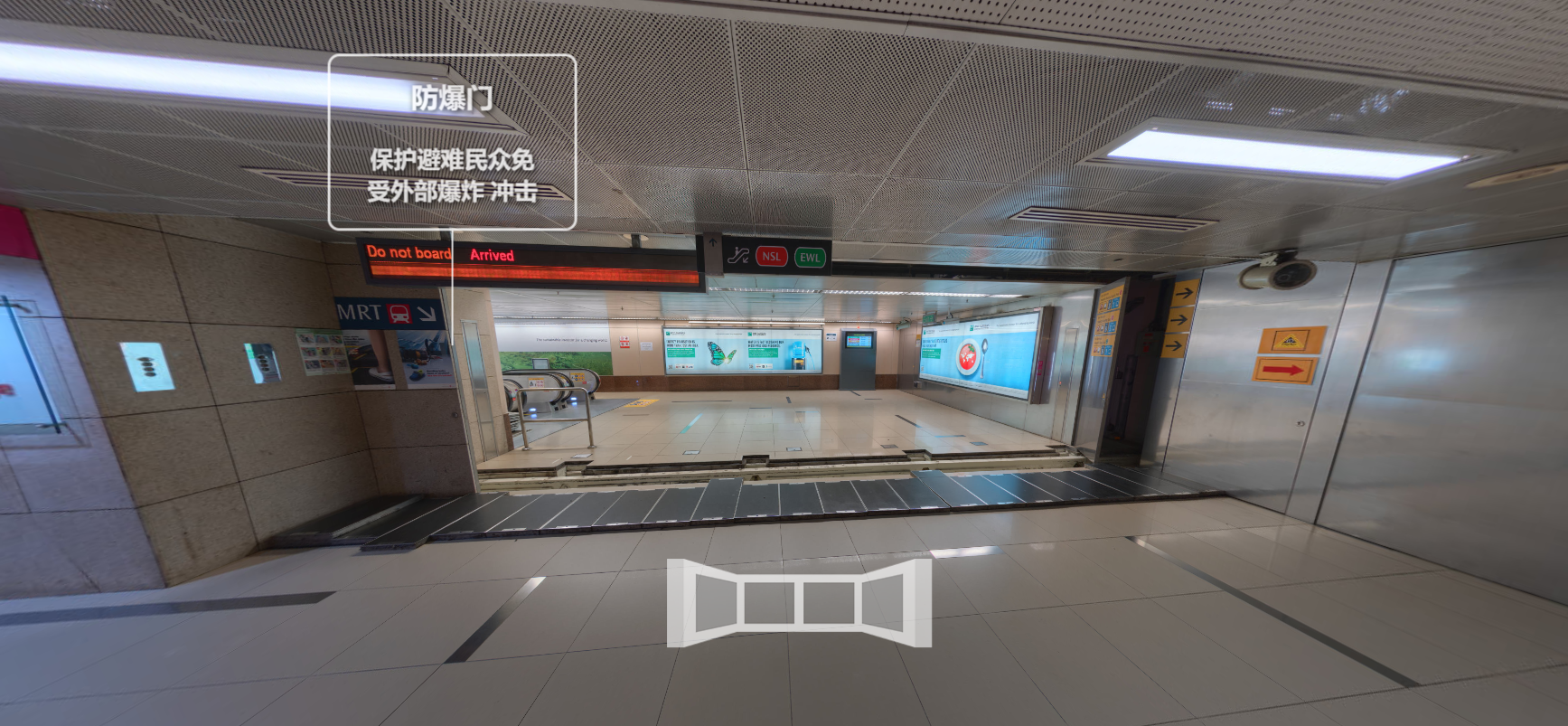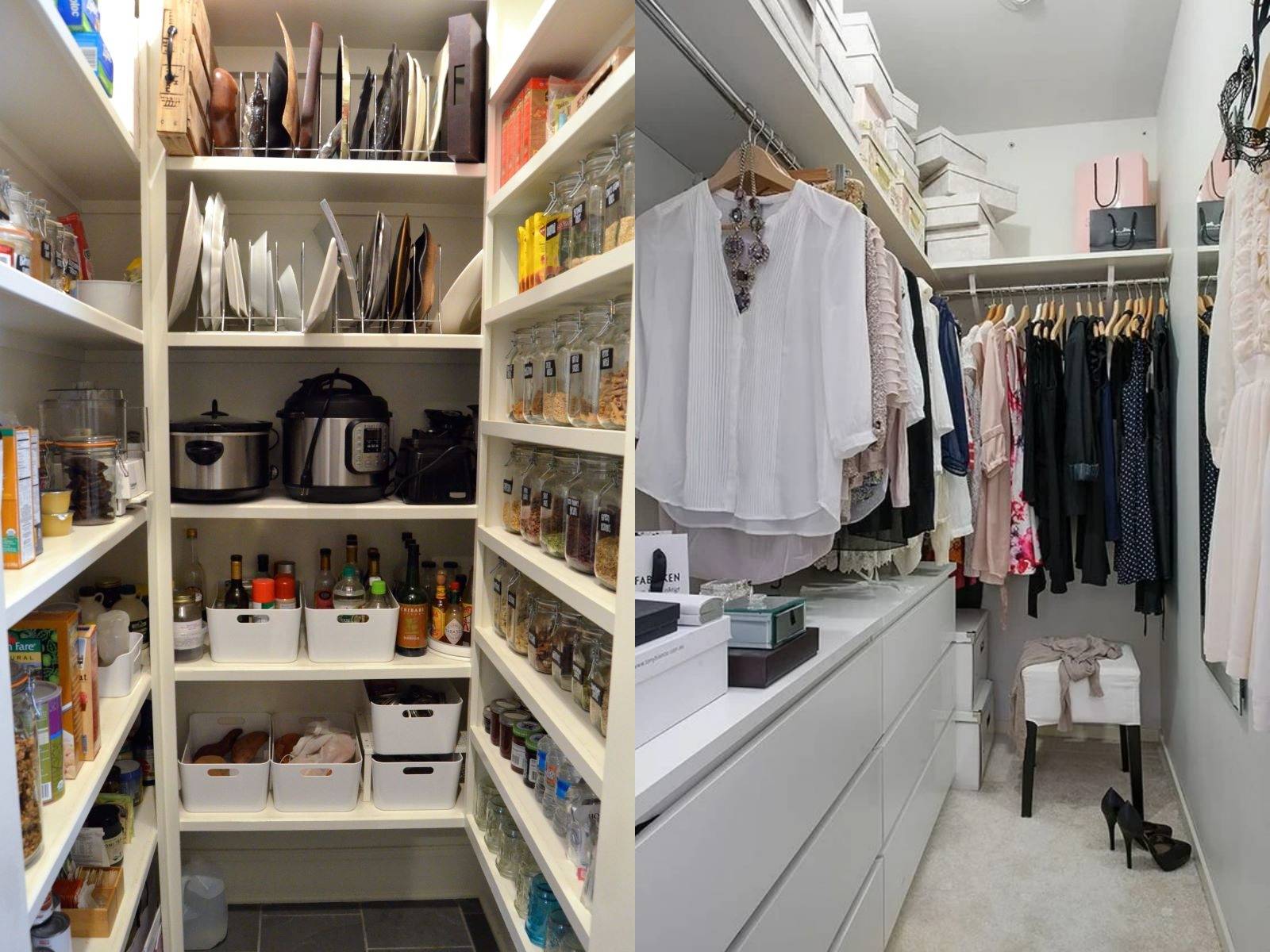

Compared with houses in other countries, houses in Singapore have a special space - household shelters. According to the Civil Defence Shelter Act passed in 1997, all newly built Housing and Development Board (HDB) flats and private residential buildings must have civil defence shelters either within the house or on the floor.Properties in Singapore.

What are civil defence shelters?
Civil defence shelters in Singapore are divided into public shelters and household shelters.
Public civil defence shelters are set up in public places such as subway stations, schools, and community clubs (similar to community service centres in China) for citizens to take refuge in case of emergencies. Among them, the most important public civil defence shelters are subway stations. These shelters can accommodate three thousand people in smaller ones and 19,000 people in larger ones. Each shelter is equipped with a triple protection system: platform screen doors to isolate the track area, explosion-proof steel doors to withstand shock waves, and an independent ventilation, water, and electricity system. There are dry toilets inside, and newly built ones in recent years also have decontamination rooms to disinfect the evacuees. Emergency operation guidelines are widely publicized within the stations to achieve a seamless switch between daily transportation and wartime protection.

Household civil defence shelters are located inside residential buildings. They are either within the residential unit (household shelter), built next to the kitchen, bathroom, or near the entrance for the use of a single family, or set up in the stairwell or emergency escape route for the shared use of all residents on the floor (storey shelter).

What do household shelters look like?
The government has strict standards for household shelters.
Area and shape. There are not only certain specifications for the length and width, but also relevant regulations for the capacity and shape. The area of all household shelters should not exceed 4.8㎡.
Wall panels. The thickness and strength of the "three panels" (ceiling panel, floor panel, and wall panel) are strengthened according to the standards. They are constructed with reinforced concrete, which is explosion-proof and fireproof, providing shelter for residents in case of emergencies such as air raids or explosions.
Doors. They are specially made steel doors, usually sealed and explosion-proof. Paired with specially made door frames to ensure structural stability. The doors of household shelters cannot be removed or modified.
Vents. Household shelters are equipped with two vents to ensure air circulation. Residents should never block or modify the vents to avoid problems when they need to use the shelters.
Sockets. Household shelters are equipped with sockets for electricity, the TV, radios, etc., so that people can receive external information in a timely manner.

How do people use household shelters?
In peacetime, people transform household shelters into practical spaces and make full use of them. Some are used as storage rooms to store various daily necessities and sundries. Some are converted into maid's rooms. The relevant authorities have not prohibited employers from converting household shelters into maid's rooms, but the Ministry of Manpower stipulates that employers must provide at least a mattress, a pillow, and a blanket for the maid and ensure that the room is well-ventilated. Some convert household shelters into cloakrooms, small studies, pet rooms, or even small fitness rooms, showing great flexibility in their uses. Of course, some people make full preparations for emergencies according to the original purpose of household shelters. They not only leave space in the shelters for taking refuge, but also stock up on emergency food and water sufficient for 72 hours.
In addition, since the iron doors of household shelters are rather obtrusive and cannot be altered, many families decorate to cover them up, creating a visually invisible effect.
In short, civil defence shelters have long become a major feature of residential buildings in Singapore. They are not only protective spaces for ensuring the safety of lives, but also a manifestation of a country's constant awareness of potential dangers and its preparedness even in times of peace.

You can easily search for listings on Housebell, Singapore's first bilingual real estate platform. It offers a vast selection of authentic listings, all sourced from CEA-certified agents, to assist you in finding your dream home. If you have any questions, feel free to contact the online customer service for professional assistance.